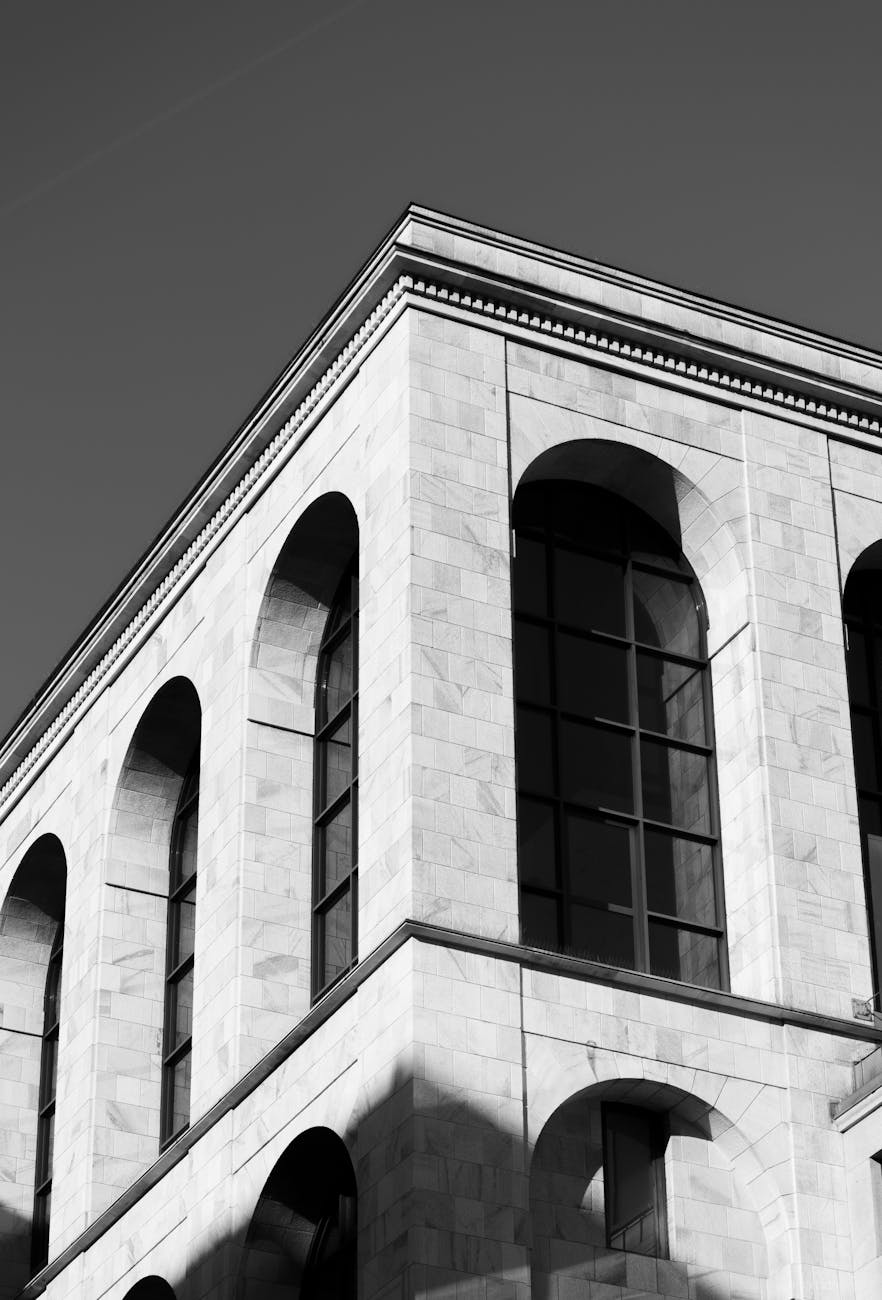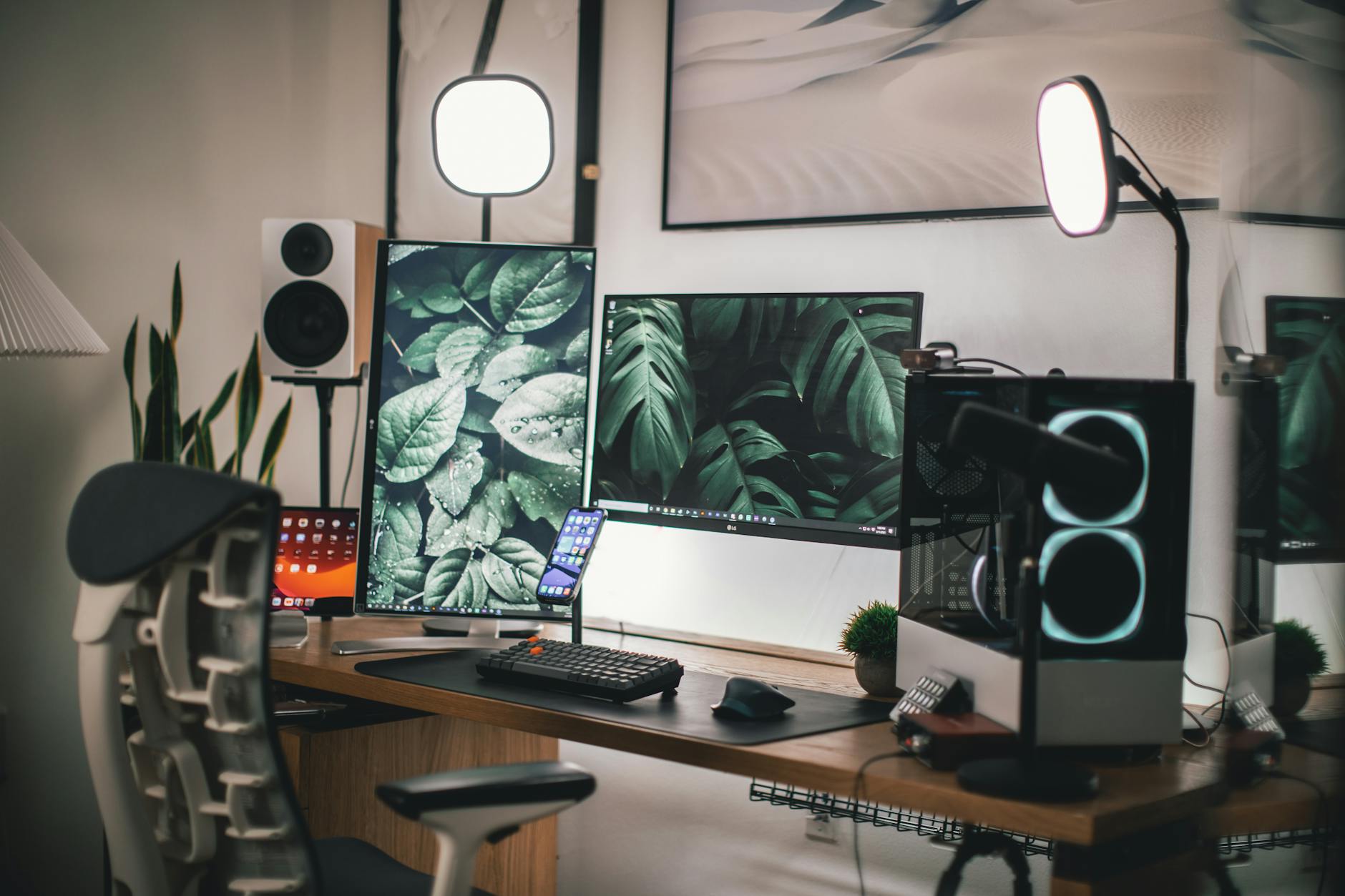Clair Obscur: Expedition 33 – A Deep Dive into the Mysterious World of Shadow and Light
This article explores the captivating artistic technique of clair-obscur, focusing on a fictional “Expedition 33” that delves into its nuances. We will journey through the history of this dramatic use of light and shadow, examining its impact on various art forms, from painting to photography and even film. We will analyze specific examples to illustrate the mastery of contrast and its ability to evoke powerful emotions and create depth. Expedition 33, while fictional, serves as a metaphorical exploration, allowing us to dissect the technical aspects of clair-obscur and consider its enduring influence on visual storytelling. Our journey will reveal how the interplay of light and shadow not only shapes the visual landscape of a piece but also deeply affects the viewer’s emotional response and interpretation. Prepare for a captivating exploration into the heart of this intriguing artistic phenomenon.
A historical Perspective
Clair-obscur, meaning “clear-dark” in French, is a technique that utilizes strong contrasts between light and shadow to create a dramatic and three-dimensional effect. Its origins can be traced back to the Renaissance, with artists like Caravaggio masterfully employing it to heighten emotional impact and imbue religious scenes with intense drama. The dramatic use of light often highlighted a central figure, drawing the viewer’s eye and emphasizing their importance within the composition. The technique continued to evolve, influencing Baroque painting and later finding expression in other media.
Analyzing the contrasts
The effectiveness of clair-obscur lies in its ability to manipulate the viewer’s perception of space and form. By strategically placing light sources, artists can create a sense of depth and volume, even on a flat surface. Shadows aren’t merely the absence of light; they are active elements that define shape, texture, and even mood. The careful balance between light and shadow is crucial; too much light can wash out the drama, while too much shadow can create confusion or obscurity. Expedition 33’s research would focus on analyzing the precise ratios of light to shadow in various masterpieces to understand this delicate equilibrium.
Beyond Canvas: Expanding the reach of Clair-obscur
While traditionally associated with painting, clair-obscur‘s influence extends far beyond the canvas. In photography, the strategic use of lighting and shadows is crucial in portraiture, still life, and even landscape photography. Film noir, a genre that emerged in the 1940s, heavily utilizes clair-obscur to create its distinctive atmosphere of mystery and suspense. The chiaroscuro lighting, with its stark contrasts and shadowy figures, became synonymous with the genre’s visual style. Expedition 33 would study the stylistic choices in various films to understand how clair-obscur creates specific moods and narratives.
The emotional impact
The emotional impact of clair-obscur is undeniable. The dramatic contrasts can evoke a wide range of feelings, from awe and wonder to suspense and fear. The way light falls on a subject can dramatically alter its perceived mood and character. A figure bathed in light may appear noble or innocent, while one shrouded in shadow might seem sinister or mysterious. Expedition 33’s research would delve into the psychological aspects of clair-obscur, examining how the interplay of light and shadow directly influences the viewer’s emotional response and interpretation of the artwork.
| Artist | Artwork | Notable Clair-Obscur elements |
|---|---|---|
| Caravaggio | The Calling of St. Matthew | Dramatic use of light to highlight figures, strong contrasts |
| Rembrandt | The Night Watch | Subtle gradations of light and shadow, creating depth and atmosphere |
Conclusion
Our fictional Expedition 33, through its metaphorical exploration of clair-obscur, has illuminated the profound impact of this artistic technique. From its Renaissance origins to its modern applications in photography and film, clair-obscur continues to captivate audiences. We’ve explored its historical context, its technical aspects—analyzing the crucial balance of light and shadow—and its powerful ability to manipulate mood and emotion. The strategic use of light and shadow isn’t merely a technical skill; it’s a powerful tool for storytelling, evoking specific emotions and shaping viewer interpretation. By understanding the nuances of clair-obscur, we gain a deeper appreciation for the artistry involved and the enduring legacy of this compelling technique in visual art and beyond. Whether in painting, photography, or film, the strategic manipulation of light and shadow remains a potent force in the world of visual storytelling, a testament to the enduring power of clair-obscur.
Image by: Francesco Nasi
https://www.pexels.com/@francesco-nasi-316477268


